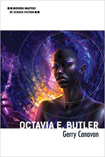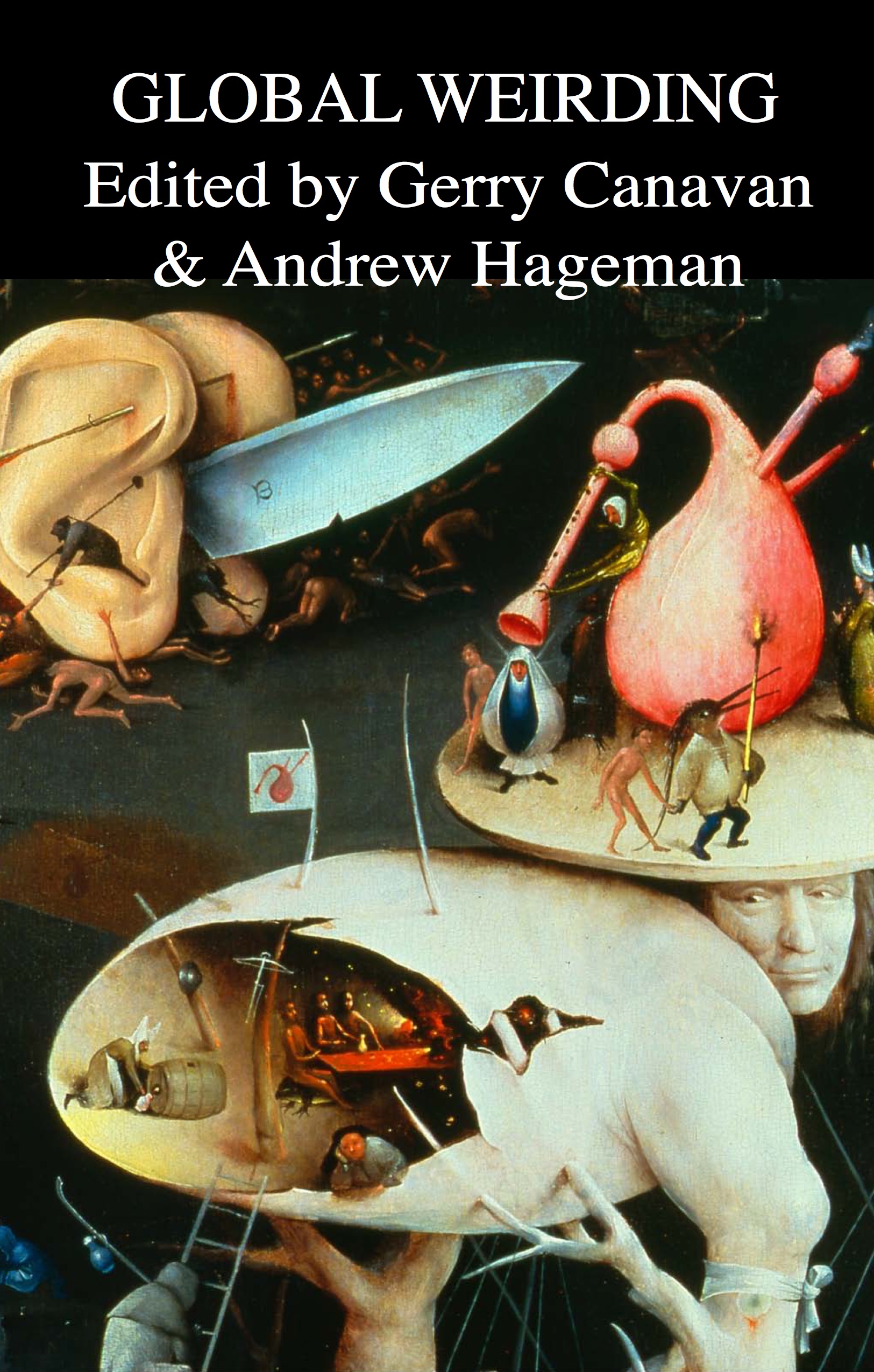13/27
I have two children. One is a boy born on a Tuesday. What is the probability I have two boys? The MetaFilter thread should eventually persuade you that the strange answer of 13/27 is correct; this comment is, I think, the clearest.
the smartest kid on earth
I have two children. One is a boy born on a Tuesday. What is the probability I have two boys? The MetaFilter thread should eventually persuade you that the strange answer of 13/27 is correct; this comment is, I think, the clearest.
Written by gerrycanavan
May 26, 2010 at 12:59 am
Posted in Look at what I found on the Internet
Tagged with math, our brains don't work, probability, weird science
Subscribe to comments with RSS.










Why are they assuming that the order of the children matters at all? If one of my children – and the placement doesn’t matter – is a boy born on a Tuesday, then the odds are 50/50, as long as we don’t confuse ourselves by pretending that the order matters, i.e., that it makes a difference whether child 1 is born on a Tuesday or child 2 is born on a Tuesday. Unfortunately, I’m not enough of a statistician to confront this, but it seems to me that there’s got to be a fallacy out there somewhere, with a name, that refers to precisely this kind of thing.
Alex
May 26, 2010 at 10:29 am
To make it more clear: if I go to the example that many in the mefi thread were using of generic boy, where “one of them is a boy”, and where you get BB, BG, or GB, and then I say, “BG and GB are the same,” then the odds become 50%, which is what they are IMO.
Alex
May 26, 2010 at 10:41 am
Well, having stared at this until I understood is last night, I see where you’re hung up because it’s where I was hung up last night.
The first thing to say is that birth order is a red herring; it’s not meaningful in itself but just as a way to differentiate the two children from one another. It could just as easily be “taller/shorter” or “stands on the left at family pictures”; we just need a way to identify them so they’re unique.
To take the first problem (“I have two children and one of them is a boy. What is the probability that the other is also a boy?”):
If I have two children, they can be:
BG BB GB GG
Each of these cases has a 25% chance of being true. You might object here and say GB and BG describe the same state of affairs because birth order doesn’t matter, and that’s true — but at the same time the one-each case is twice as likely as BB and GG because there’s two ways it can happen.
So if I have two children there’s a 25% chance that they’re both boys, a 50% chance that they’re one-each, and a 25% chance that they’re both girls. But the question specifies that GG didn’t happen. So we scratch that and are left with 25%/75% that they’re both boys and 50%/75% that they’re one-each. This is to say, if you check all the couples in the world that have one boy, you’ll find that 2/3 of the time the other child is a girl and 1/3 of the time the other child is a boy.
gerrycanavan
May 26, 2010 at 10:54 am
The second problem is harder to believe but it follows the same logic. There are 28 ways that you can have a boy born on a Tuesday. If the first child is the boy born on a Tuesday, then the second child is either a girl born on M,T,W,R,F,Sat,Sun (7 cases, half the time) or a boy born on M,T,W,R,F,Sat,Sun (7 cases, half the time). If the second child is the boy born on a Tuesday, you have the same 14 cases, half with the other child being a boy and half with the other child being a girl.
But one of those cases was double-counted: (BTu, BTu). So you have to eliminate it, which leaves you with 13/27. Really close to 1/2, but not quite half yet.
gerrycanavan
May 26, 2010 at 10:58 am
The way this comment explains it is helpful: the more uniquely you can identify the one boy, the closer the math will get to 1/2. For “I have two children, one of them is President Barack Obama. What is the gender of the other?” the odds are 50-50.
gerrycanavan
May 26, 2010 at 11:01 am
Here’s the thing about the BG BB GB GG thing: it’s a complete delusion. Let me take a more concrete example: I have a boy in my arms. I tell someone, “This is my son. What are the odds that my other child is a boy.” It makes no difference whatsoever, whether the child is older or younger, and therefore, GB and BG are exactly the same thing – you can’t distinguish them, because they’re not different for the purposes of our problem. So the odds of the “other child,” older or younger being of no material import, being a boy is 50%. You say that birth order is a red herring, but in your calculus you’re including birth order as something that matters. I’m saying birth order is a red herring, so I’m getting rid of it. The same goes for the Tuesday example: “This is my son; he was born on a Tuesday. What are the odds of my other child being a boy.” Unlike in the (imaginary) example in which birth order might matter, Tuesday is now of no import whatsoever, and therefore, the odds are 50% because BG and GB are the same thing.
Alex
May 26, 2010 at 11:20 am
I perfectly understand the logic of the 13/27, and I’m saying it’s wrong.
Alex
May 26, 2010 at 11:24 am
Oh, and GG is irrelevant because we already know that one of the children is a boy.
Alex
May 26, 2010 at 11:26 am
The version you’re using — this is my son — is the Barack Obama version. You’ve revealed the gender of one of the specific children, so the odds are fifty-fifty for the other.
In the original version of the problem it’s not “this is a boy” but “one of the two is a boy.” That tiny logical distinction is what shifts the odds.
If you think of it with coin flips it might be easier. Flip two coins and hide the results from me. The odds are:
HH 25%
HT/TH 50%
TT 25%
If you tell me that one of the coins is H, then I know that 1/3 of the time they’ll both be heads and 2/3 of the time the other will be tails. But if you show me Coin #1 came up heads, then the odds are 50-50 for the other.
gerrycanavan
May 26, 2010 at 11:30 am
Here’s what “Nothing” says on the thread:
This seems like an annoying trick, not a puzzle. The difference is between the cases where order is important and where it is not. By specifying a distinguishing characteristic for the boy, you are forcing people to consider order and BB becomes bB and Bb.
But really nothing has changed. GB and GB are not equally probable to BB or GG. They are exactly half as probable.
Alex
May 26, 2010 at 11:30 am
This is what I was saying earlier about how birth order doesn’t matter; it’s just the most convenient way to name one child #1 and the other #2.
But you have to order the children because they’re separate events. Otherwise we’d have to conclude that BB, GB/BG, and GG are all equally likely, when we know they’re not. GB/BG is twice as likely as the others.
gerrycanavan
May 26, 2010 at 11:34 am
Nothing has it wrong. Think of the coin example. You have to “order” separate events in some way because they have separate probabilities you can’t conflate. When you say “one of my two children is a boy” that’s probabilistically different from saying “this child (the oldest, the tallest, the one standing in front of me) is a boy.”
gerrycanavan
May 26, 2010 at 11:40 am
Here’s the problem with the coin example: you’re assuming that the flipper is flipping both coins, and then saying, “One of them is a head.” But in the boy example, that’s not happening. He’s already flipped a coin, got a head, and said, “One of them is a boy.” You just have to identify what the second one is.
Alex
May 26, 2010 at 11:51 am
In other words, imagine that the coin flipper has a head in his hand. He puts it behind his back. Then he flips another coin, puts that behind his back. He scrambles up the order, but we know that one of them was a head. He says: “One of them is a head,” takes a head out from behind his back. What are the odds of the other being a head?
The coin flip example as you put it is misleading.
Alex
May 26, 2010 at 11:54 am
Here’s the problem with the coin example: you’re assuming that the flipper is flipping both coins, and then saying, “One of them is a head.” But in the boy example, that’s not happening. He’s already flipped a coin, got a head, and said, “One of them is a boy.” You just have to identify what the second one is.
That’s actually what you’re doing. In the original question, the person has had two children (flipped two coins) and told you one was a boy (heads). In your version they’re flipping one coin, having it come up heads, and then flipping the second. You’ve assumed a particular order for the children when you don’t have that information; that’s why the odds that the second child is a boy are 1/3 and not 1/2.
gerrycanavan
May 26, 2010 at 11:55 am
In other words, imagine that the coin flipper has a head in his hand. He puts it behind his back. Then he flips another coin, puts that behind his back. He scrambles up the order, but we know that one of them was a head. He says: “One of them is a head,” takes a head out from behind his back. What are the odds of the other being a head? This makes the same error. You’re saying the FIRST child is a boy. The question only says that one of the two is.
gerrycanavan
May 26, 2010 at 11:58 am
You’re right. I thought I had more arguments, but i just constructed the following imaginary scenario: 100 families have two children each. The odds of each child being a boy or girl is 50%. Pick one of these families that has a boy. What are the odds that the other is a boy? 1/3. The rest of the problem follows from there.
Alex
May 26, 2010 at 12:33 pm
Let’s never fight again.
gerrycanavan
May 26, 2010 at 12:36 pm
I’m going to be honest with everyone. This thing absolutely ruined my Tuesday night. I was in a hotel room in Mississippi until 3 am trying to get to the bottom of it. I only really got as far as understanding the 1/3 probability of the first question.
Shankar D
May 27, 2010 at 5:53 pm